Jona Lendering
Jona Lendering read history at Leiden University (MA 1993), specialized in Mediterranean culture at the Amsterdam Free University (MA 1996), and worked at excavations in Holland (Riethoven) and Greece (Halos). After teaching historical theory and ancient history at the Free University for several years, he was one of the founders of a school for history teaching, Livius Onderwijs. Born in Amsterdam, it has now spread to auxiliary locations in Bussum, Dronten, Gouda, Haarlem, Hoorn, Schagen, Zaanstad, and Zoetermeer. As of 2013, Livius Onderwijs has eight teachers, about 500-600 students a year, and offers tours to countries like Italy, Turkey, Iran, and Lebanon. The field trips help to etch into the students' minds some of what they've learned at the school.
Because history is for a large part telling a story, something you do best in your own language, Lendering prefers to publish in Dutch journals. However, he has contributed to the Bryn Mawr Classical Review and Ancient Warfare, while he is the founder of Ancient History Magazine. He is also the publisher and editor of the on-line publication of the Babylonian Chronicles of the Hellenistic Period, a set of important cuneiform sources for the history of the Seleucid and Parthian Near East, transcribed, translated and commented on by Bert van der Spek of the Free University Amsterdam and Irving Finkel of the British Museum. A publication as book is in preparation.
Lendering has written several books and maintains a blog in Dutch. He is the author of several books, including Edge of Empire and Consensus and Crises. For the Livius website, which has received several awards, he collaborates closely with Bill Thayer of LacusCurtius. Lendering is also the webmaster of two daily blogs, the MainzerBeobachter.com and Grondslagen.net.
There are 9380 items in Jona Lendering:
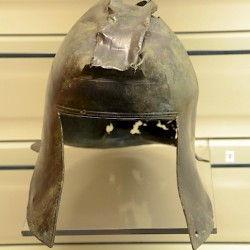
Zagvozd, Graeco-Illyrian Helmet |
Zalebiye
Zalebiye: modern name of a Roman-Byzantine fort on the east bank of the river Euphrates. The towers of Zalebiye, seen from…Zamasp
Zamasp: king of Persia, ruling from 496 to 498/499, member of the Sasanian dynasty. Zamasp Main deeds: Name: Zamasp Beginning of reign: 496 Successor of:…
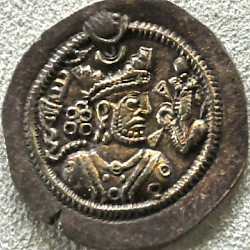
Zamasp |
Zancle (Messina)
Zancle (Greek: Ζάγκλη): Greek city on Sicily, modern Messina.Early History Coin from Zancle Founded c.730 when the Greeks expanded their trade network…
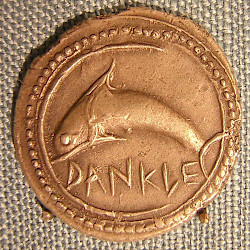
Zancle, Coin with dolphin |
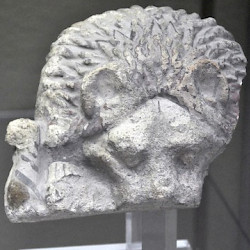
Zancle, Lion-shaped antefix |
Zarathustra
Zarathustra (Greek Zoroaster): legendary religious teacher from Bactria, founder of Zoroastrianism. Modern portrait of Zarathustra, inspired by a dress on a…Zealots
Zealots: name of a group of Jewish, anti-Roman fighters in Jerusalem, during the war of 66-70. Rebel coinage from Jerusalem The Jewish…Zela
Zela: town in Pontus/Cappadocia, famous for a battle in 47 BCE, in which Julius Caesar defeated Pharnaces of Pontus (modern Zile in Turkey).Zela is an old city. In the nineteenth century BCE, Assyrian merchants who were trading with Anatolia, recorded…
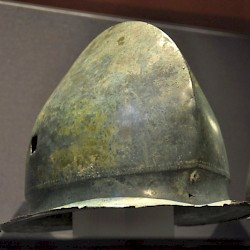
Zenjak, Hallstatt helmet |
Zeno I
Zeno I: emperor of the East-Roman (Byzantine) empire (474-475, 476-491).Names Zeno I c.440: Tarasicodissa Rousoumbladeotes November 474: Zeno January 475: resigns August 476: returns 9 April…